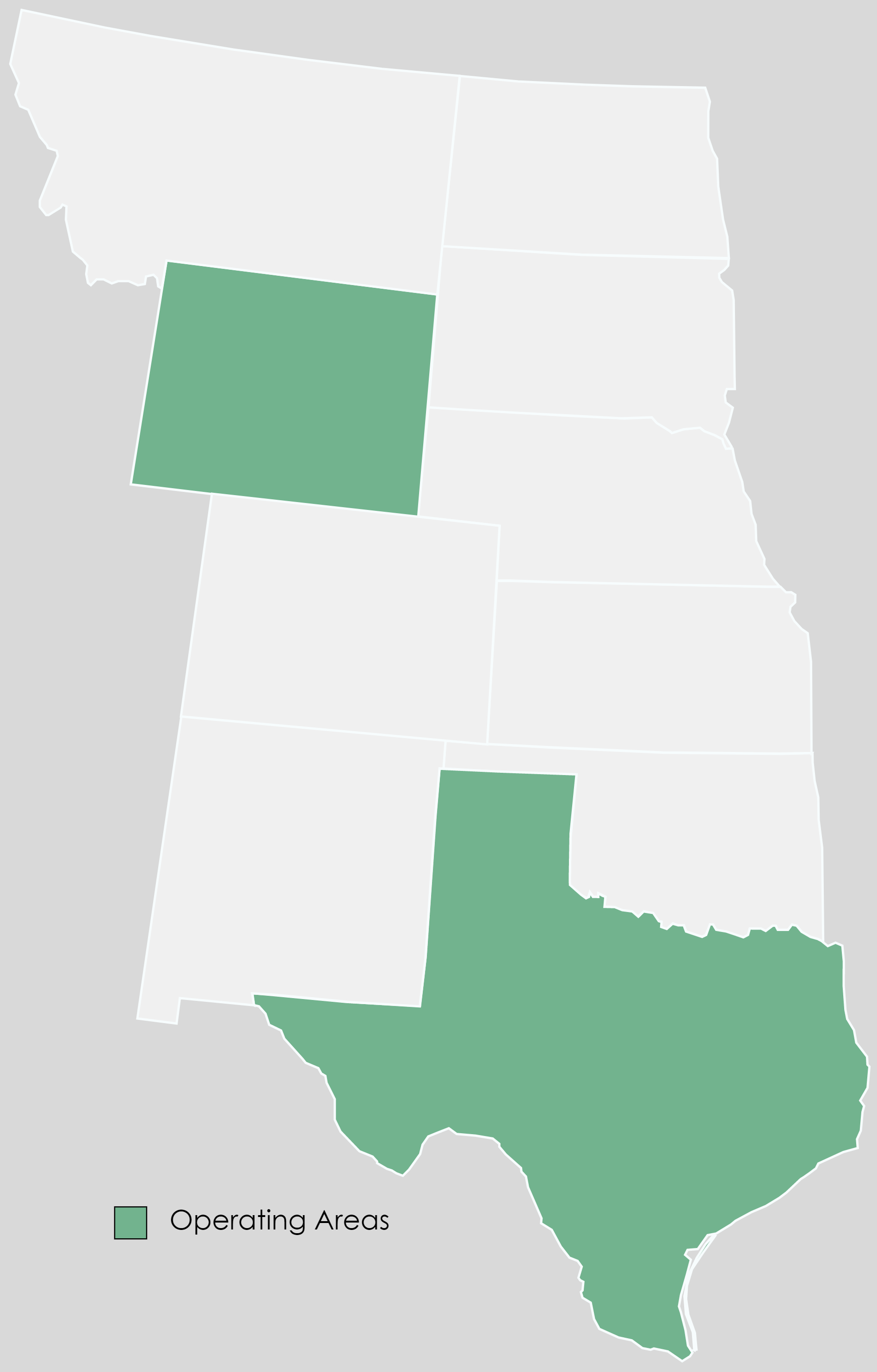
Carbon Capture Solutions
for the Energy Industry

Live Oak Environmental is a carbon management-focused operating company dedicated to solving the complexities of large-scale carbon dioxide sequestration projects. We bring the expertise of delivering geological identification, land acquisition, UIC permitting, as well as complete life cycle carbon management to our partners, aligning our efforts with industry leaders to ensure carbon-neutral projects are efficiently and economically operated. Our operations are currently focused in Texas and Wyoming.
WYOMING
Live Oak Environmental is part of a consortium of companies (which includes Carbon Solutions, Carbonvert, Glenrock Energy, Kanata America, and Williams), spearheading the potential “Time’s Ticking: Embarking on the Wyoming Trails Carbon Hub” (“WyoTCH”) project. WyoTCH was recently selected to receive Department of Energy funding to study and design a carbon dioxide infrastructure system in Wyoming. The contributions from the Department of Energy will complement investments by Carbon Solutions and the consortium partners to enable WyoTCH to complete a FEED Study for a commercial-scale, statewide pipeline system to be constructed and operated by Williams. This is the first step in developing infrastructure that can ultimately transport as much as 120 million tonnes of CO2 per year. This will expand Wyoming’s already leading efforts to make itself the first carbon-negative state in America.
TEXAS
We have operations and capabilities in some of the most prolific oil and gas producing regions of Texas – including the Texas Gulf Coast and Permian Basin. We have strong regulatory agency relationships that preside over these areas as well as the geologic and technical know-how to help bring CCUS projects to completion.
What is Carbon Capture Utilization and Sequestration?
Carbon Capture Utilization and Sequestration (CCUS) is the use of technology to capture carbon dioxide (CO2) emissions during the industrial treatment process. The capture process is initiated before the CO2 is emitted into the atmosphere. The CO2 is then compressed, safely transported, and used for enhanced oil recovery or permanently stored in a targeted geologic formation. The CCUS process significantly reduces greenhouse gas emissions and supports the global initiative to fight climate change.

